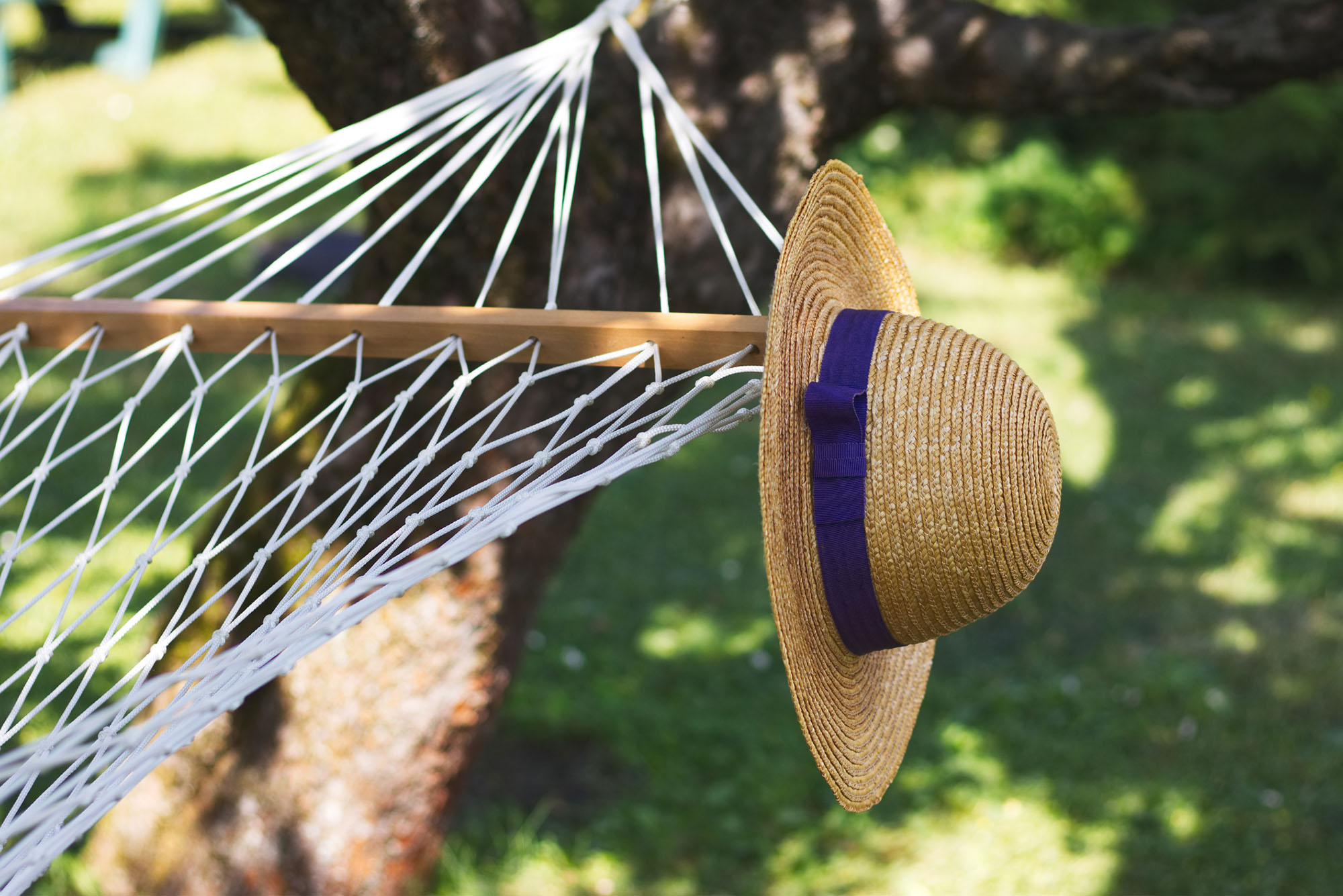When you’ve gone to great lengths to create a beautiful garden, the next thing you’ll want to do is relax in it.
There’s no shortage of garden furniture on the market, but what better way to enjoy your garden than by getting comfy in a hammock?
Most of us have probably imagined lolling about in a hammock at some point, enjoying the idyll of a garden. There’s no reason not to make that a reality once you know a few basic things about hammocks.
Good vs bad hammocks
A good hammock is one made with smooth, strong, and preferably breathable material like cotton or polyester. If you want to lie in one for long periods, a piece of continuous fabric is less likely to cause you circulatory problems than rope.
Many people worry about lack of stability in a hammock and abruptly ending a nap by hitting the ground. With good design, this won’t happen. One element that causes hammocks to be unstable is the wooden spreader bars you see on some products.
Spreader bars are theoretically meant to flatten the hammock for a more bed-like look and experience, but in reality you achieve better posture inside a curved hammock by laying yourself at a slight left-to-right angle.
So, keep your hammock design simple and forget spreader bars.
Make a hammock the easy way
The easiest way to make a hammock is to take a breathable tarp, bunch it up at either end and tie the ends with hitch knots (e.g. lark’s head or clove hitch) using strong rope. A mooring hitch knot is ideal for tying the hammock to trees or support.
Naturally, you want to tie the hammock at equal heights on both sides. Avoid tying it too tight, as the tighter you have it, the less leeway there is for good posture. You’ll achieve a better position inside a loosely hanging hammock, as unintuitive as that sounds.
Make your hammock today and start enjoying your garden in sublime comfort. You could even sleep under the stars!











